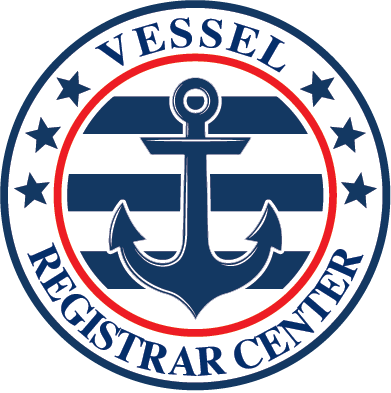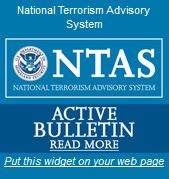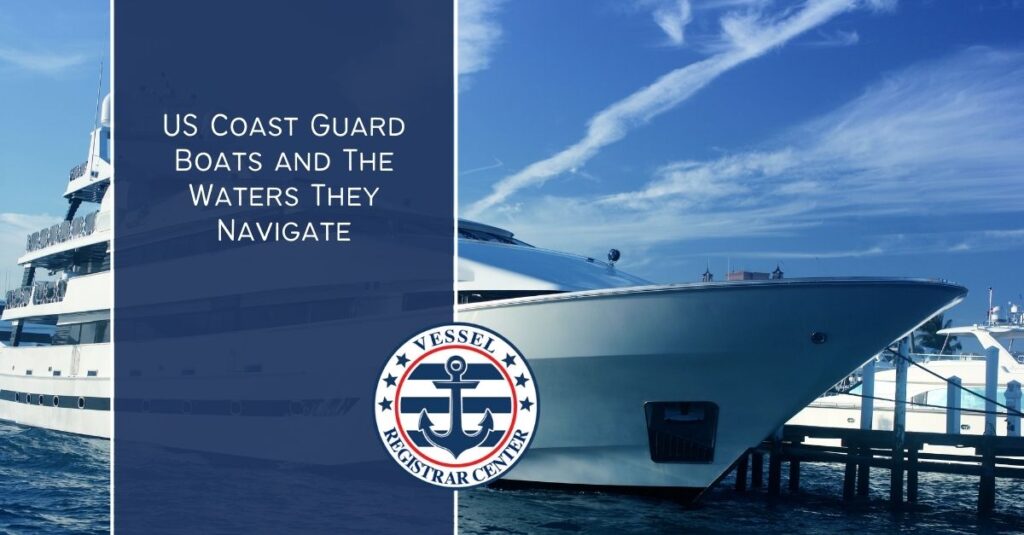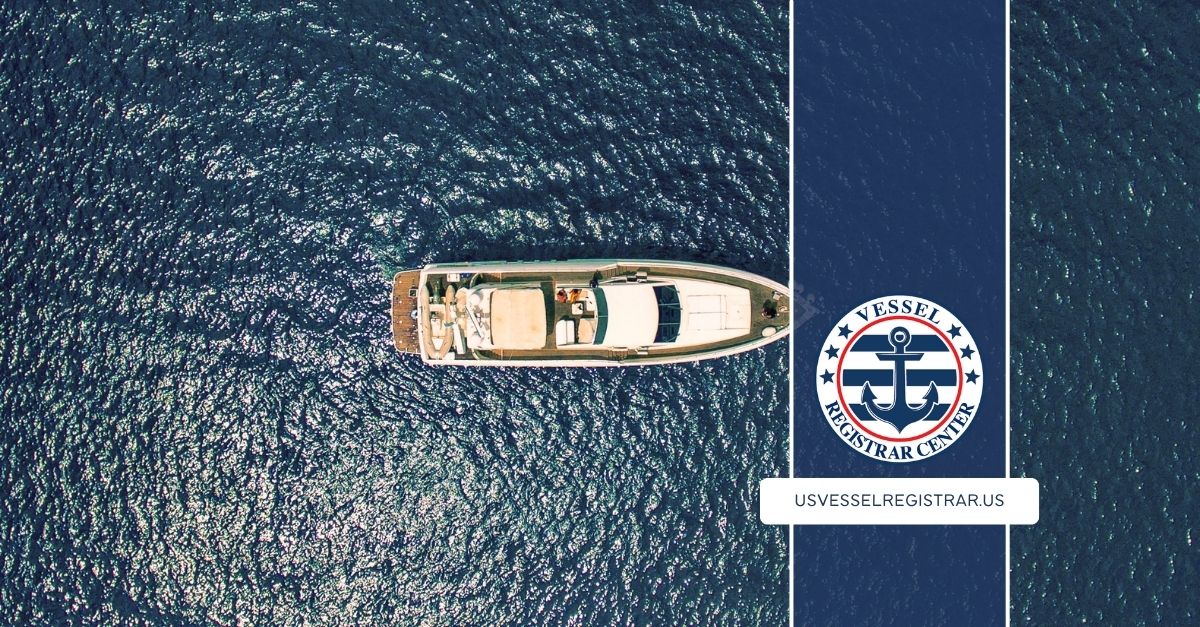As a vessel owner, it is essential that you have a solid understanding of both what the US Coast Guard does, and where exactly they operate. It is almost guaranteed that you will come into contact with the USCG at some point or another over the course of your experience as a boat owner, but that doesn’t necessarily mean that you have done anything wrong. In most cases, it will be just a simple permit or equipment check! With this in mind, here is some of the most vital information about US Coast Guard boats and the waters in which they navigate.
Territorial Sea
The territorial sea is the area that is adjacent to a coastal state’s land territory. This expands up to 12 nautical miles from the baselines. Within this zone, coastal states are able to exercise full sovereignty including the right to regulate and enforce immigration, customs, and pollution control.
Inland Waters
Inland waters is the term used to refer to bodies of water that are landward from the baselines, like bays, lakes, rivers, and canals. They are wholly or partially under the jurisdiction of the coastal states. The extent of the inland waters is determined by a combination of set national legislation and international agreements.
Contiguous Zone
This is the area adjacent to the territorial sea, extending up to 24 nautical miles.
Continental Shelf
This refers to the seabed and subsoil of submarine areas beyond the territorial sea, up to 200 nautical miles.
Continental Slope
This is the seabed beyond the continental shelf, with depths rapidly increasing towards the ocean floor.
High Seas
Also known as international waters, these are areas of the world’s oceans that do not fall under any jurisdiction of a particular state.
Where Does The United States Coast Guard Operate?
So, now that you have a good idea of how the sea and oceans are legally divided, where does the United States Coast Guard fit into the equation? At present, the United States Coast Guard is able to claim jurisdiction and legal power over its surrounding waters up the continental shelf level. This equates to a distance of at least 200 nautical miles from any point of United States land territory. In total, this covers more than 95,000 miles of American coastline. When out in these specific waters, you are expected to follow the commands of the USCG and adhere to the legal outlines that have been laid out for vessels operating within the framework of the United States.
If you have any queries relating to the admin, paperwork, and documentation side of vessel ownership or anything else to do with US Coast Guard boats, then don’t hesitate to get in touch with the team at the US Vessel Registrar, they will be more than happy to provide you with the answers that you are looking for. Allow us to make the admin side of vessel ownership much simpler. We look forward to being able to assist you in any way we can!






